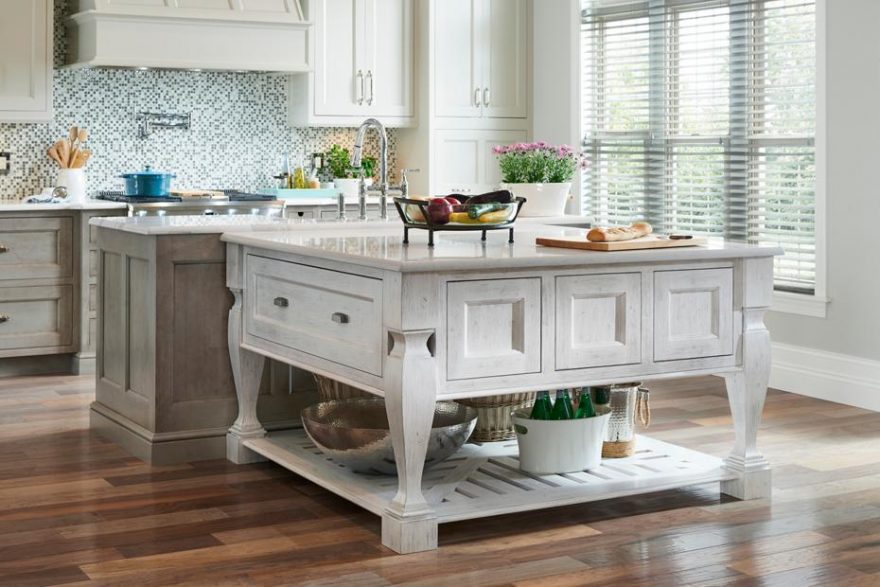Durable and Trendy Selections for High-Quality Legs For Kitchen Island
Durable and Trendy Selections for High-Quality Legs For Kitchen Island
Blog Article
Important Elements to Take Into Consideration When Selecting Legs For Kitchen Island
Choosing the appropriate legs for a kitchen island involves a cautious assessment of numerous variables that can considerably influence both performance and visual charm. As we check out these aspects, it comes to be clear that each decision can have far-reaching implications for the overall kitchen area experience.
Material Options
When selecting legs for a cooking area island, understanding the different product choices is vital for attaining both aesthetic charm and structural integrity (Legs For Kitchen Island). The option of product considerably affects not just the longevity of the island but likewise its total layout and performance
Wood is a preferred selection, using heat and flexibility. Solid woods, such as oak or maple, supply toughness and can be tarnished or repainted to match the kitchen area decoration. Metal legs, typically made from stainless steel or wrought iron, contribute a modern-day and commercial feel while making certain longevity and stability. These materials are resistant to put on and can sustain considerable weight, making them suitable for larger islands.
An additional alternative is crafted products, like MDF or plywood, which can be much more economical while still providing a series of coatings. Nevertheless, they might not offer the same degree of security as solid timber or metal. Products such as acrylic or glass can create a contemporary appearance, though they may need added assistance to make certain stability.
Eventually, the option of material for kitchen area island legs must align with the preferred capability and the total motif of the kitchen area.
Design and Style

When thinking about design, the form and coating of the legs are critical. Conical legs can supply a sense of agility and elegance, while thicker, a lot more robust legs can convey strength and security. In addition, the coating-- be it repainted, stained, or all-natural-- need to match the kitchen cabinetry and kitchen counter products to produce a unified look.
Furthermore, the layout of the legs can also show individual preference. Custom-made or decorative legs, such as those featuring elaborate carvings or distinct geometric forms, can work as centerpieces, including character and individuality to the kitchen. Eventually, the appropriate option will not just improve capability but additionally raise the aesthetic appeal, making the kitchen island a standout function of the home.
Elevation Factors To Consider
Choosing the suitable height for cooking area island legs is important, as it straight affects both performance and convenience. The standard elevation for a kitchen island commonly ranges from 36 to 42 inches, aligning with typical countertop heights.

It is additionally vital to make up customers' choices and elevations. Tailoring the height can make sure a comfy experience for all relative, making the cooking area island an extra delightful and useful room.
Weight Assistance
Making certain adequate weight support for kitchen island legs is essential for both safety and capability. The cooking area island often offers numerous objectives, including cooking, dining, and added storage space, requiring a robust assistance structure. When picking legs, it is important to consider the general weight capability needed based on the island's planned use and the products that will certainly be put on it.
The choice of product for the legs plays a click here now considerable role in their weight-bearing capabilities. Solid timber, steel, and durable compounds typically provide remarkable strength contrasted to lighter products. Furthermore, the style of the legs-- whether they are right, tapered, or have a pedestal form-- can influence their capacity to distribute weight effectively throughout the structure.
Furthermore, the leg placement should be purposefully planned to boost security. Legs positioned at the corners or with a wider base can better support larger loads. Always consult the producer's requirements concerning tons limits to make sure that the legs can sustain the intended weight without compromising safety and security. In recap, selecting kitchen island legs with appropriate weight support great site is crucial for producing a practical and risk-free culinary room.
Installation and Upkeep
Correct installment and upkeep of kitchen island legs are essential for making certain durability and security. This typically includes securing the legs to the island base utilizing suitable fasteners, guaranteeing that the legs are level and straightened.
Once set up, normal maintenance is essential to maintain the integrity and appearance of the legs - Legs For Kitchen Island. For wooden legs, regular cleansing with a moist cloth and application of ideal wood gloss can prevent dampness damage and preserve their coating. Metal legs may need a gentle cleaning solution to remove grease and gunk, complied with by a dry cloth to avoid rust development
In addition, check the legs routinely for indicators of wear or damages, such as splits or loose joints. Tightening up screws or bolts as needed can likewise lengthen the life-span of the legs. By sticking to these setup and upkeep techniques, property owners can make certain that their kitchen island stays strong and visually appealing for years ahead.
Conclusion

Aesthetic comprehensibility is vital in choosing the design and design of legs for a cooking area island, as these aspects greatly influence the general setting of the area. Conical legs can provide a feeling of agility and beauty, while thicker, much more robust legs can communicate stamina and security.Selecting the proper elevation for cooking area island legs is crucial, as it directly influences both capability and convenience. In recap, picking cooking area island legs with ample weight assistance is necessary for developing a practical and risk-free culinary space.
In conclusion, picking legs for a cooking area island demands cautious consideration of various factors, consisting of product choices, style, elevation, weight assistance, and setup.
Report this page